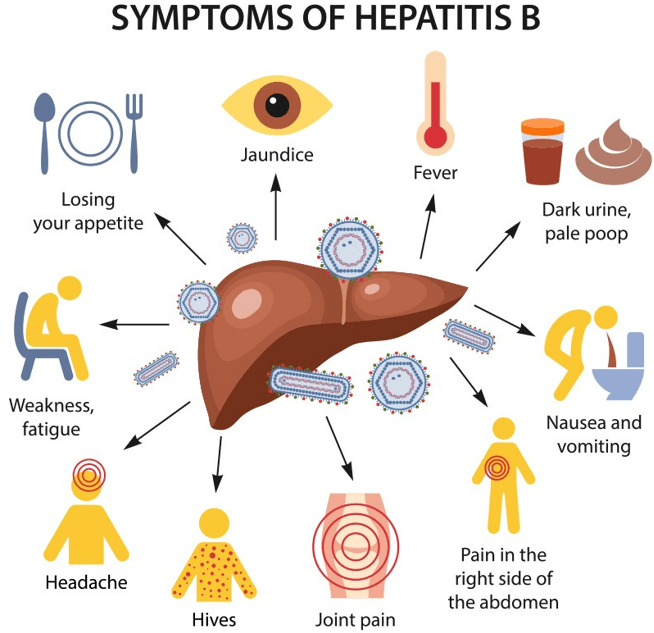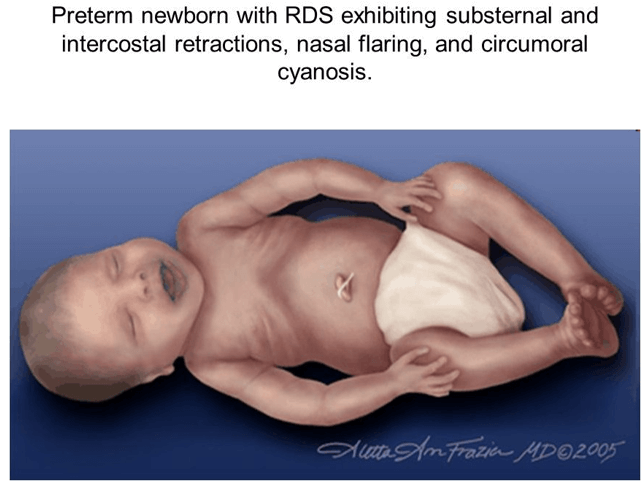A male client atends a community support program for mentally impaired and chemical abusing clients. The client tells the practical nurse (PN) that his drugs of choice are cocaine and heroin.
What is the greatest health risk for this client?
Glaucoma.
Hepatitis.
Diabetes.
Hypertension.
The Correct Answer is B
This is the greatest health risk for this client because he is likely to inject cocaine and heroin intravenously and share needles with other drug users, which can transmit blood-borne infections such as hepatitis B or C. Hepatitis can cause liver inflammation, cirrhosis, or cancer and may be fatal if untreated.

Nursing Test Bank
Naxlex Comprehensive Predictor Exams
Related Questions
Correct Answer is A
Explanation
Circumoral cyanosis is a bluish discoloration around the mouth that indicates inadequate oxygenation. It is an abnormal finding in a full-term newborn and requires immediate assessment and intervention by the PN.
The other options are not correct because:
- A positive Babinski's reflex is a normal finding in newborns that indicates intact neurological function. It is elicited by stroking the sole of the foot and observing the fanning of the toes.
- A negative Ortolani's sign is a normal finding in newborns that indicates no hip dislocation or dysplasia. It is elicited by abducting the hips and feeling for any clicking or clunking sensation.
- A large sacral "stork bite" is a common benign birthmark that appears as a reddish patch on the lower back or nape of the neck. It usually fades within the first year of life and does not require any treatment.

Correct Answer is B
Explanation
The correct answer is choiceB. Culture for sensitive organisms.
Choice A rationale:
C-reactive protein (CRP) levels are indicative of inflammation in the body and can help identify the presence of an infection. However, CRP levels do not provide specific information about the type of organism causing the infection, which is crucial for targeted treatment.
Choice B rationale:
A culture for sensitive organisms is essential in this scenario because it identifies the specific bacteria or other pathogens present in the wound. This information is critical for selecting the appropriate antibiotic therapy to treat the infection effectively.
Choice C rationale:
Serum albumin levels are important for assessing nutritional status and overall health, which can impact wound healing. Low albumin levels can indicate poor nutritional status and delayed wound healing, but they do not provide immediate information about the infection itself.
Choice D rationale:
Serum blood glucose (BG) levels are crucial for managing diabetes and can affect wound healing. High blood glucose levels can impair the immune response and slow down the healing process. However, like CRP, BG levels do not provide specific information about the type of infection present in the wound.
Whether you are a student looking to ace your exams or a practicing nurse seeking to enhance your expertise , our nursing education contents will empower you with the confidence and competence to make a difference in the lives of patients and become a respected leader in the healthcare field.
Visit Naxlex, invest in your future and unlock endless possibilities with our unparalleled nursing education contents today
Report Wrong Answer on the Current Question
Do you disagree with the answer? If yes, what is your expected answer? Explain.
Kindly be descriptive with the issue you are facing.
